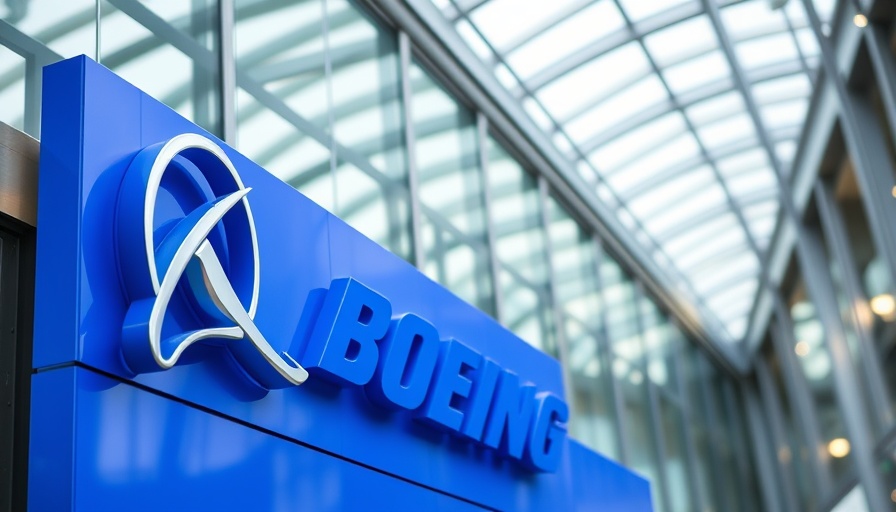
Boeing’s New CFO: A Strategic Move in Leadership
Boeing is making headlines with the appointment of Jesus "Jay" Malave as its new Chief Financial Officer (CFO), a move that reflects not only a shift in leadership but also a calculated strategy surrounding compensation and transition from previous roles. With an annual base salary of $1.05 million, Malave's compensation package includes significant additional incentives, highlighting Boeing's commitment to attracting high-level talent. This article explores the intricacies of executive pay packages and their implications in the realm of human capital management, particularly as they pertain to retention and recruitment strategies.
The Financial Landscape of Leadership Roles
Malave's base salary is complemented by potential incentive awards totaling $7.76 million—this figure raises crucial questions about industry standards in employee benefits and compensation strategies. In sectors as competitive as aerospace and defense, organizations often resort to substantial pay packages not just to attract top-tier talent but also to retain valuable human resources that drive organizational success.
Understanding the Broader Implications of Executive Compensation
The decision to settle with Lockheed Martin for $2 million as part of Malave's hiring indicates a strategic effort to minimize conflicts of interest and maintain integrity in vendor relationships—a critical aspect of HR compliance. This distinct separation from his previous employer showcases Boeing's approach toward risk management in the executive hiring process, ensuring transparency in a crowded and high-stakes marketplace.
Impacts on Workforce Engagement and Company Culture
How does such a high-profile appointment affect employee engagement within Boeing? Salaries at the executive level can have a trickle-down effect on overall employee satisfaction and morale. The perception of fair compensation plays a pivotal role in attracting skilled professionals and optimizing employee retention strategies. Effective communication of the rationale behind such decisions is necessary to foster trust and alignment within the workforce.
Taking a Step Back: HR Policy Development
While individual salary packages grab headlines, they also compel organizations to revisit and refine their HR policy development practices. Compensation benchmarking becomes essential. Companies need to examine market norms and create alignment within their own structures. For instance, Boeing's move could lead to increased scrutiny of its salary structures at other levels, pushing HR departments to ensure equitable compensation across all employee categories, thereby enhancing overall workforce planning.
The Future of Compensation Strategies in Aerospace
As industry dynamics evolve, so too must compensation strategies. Current trends show a growing emphasis on aligning pay with performance through sophisticated HR software solutions and payroll automation. Organizations like Boeing are not just setting salary floors—they're establishing ceilings that others may feel compelled to meet. Subsequently, ongoing discussions surrounding employee benefits and compensation need to adapt to retain talent in a competitive market.
Utilizing HR Analytics for Improved Decision Making
Finally, the integration of HR analytics within Boeing's processes could provide significant insights into workforce behaviors and preferences regarding compensation and employee benefits. By leveraging workforce analytics, organizations can better understand their talent pools, adapting HR digital transformation initiatives to craft more personalized employment packages that resonate with prospective and current employees.
In conclusion, Boeing’s strategic appointment of Jay Malave and its significant salary package provide a reflective case study for HR professionals across industries. As organizations seek to evolve and optimize their human capital management strategies, understanding the trends and implications in executive compensation is vital. For HR professionals looking to bolster their payroll management and benefits administration efforts, this is an opportunity to reassess compensation structures and develop policies that align with industry demands.
As we continue to examine such high-stakes decisions in business, taking a proactive approach towards compensation strategies could redefine employee satisfaction and retention. Understanding the nuances behind executive roles opens doors for deeper discussions in HR practices globally, ensuring that compensation not only attracts the best talent but also cultivates a thriving workplace culture.
 Add Row
Add Row  Add
Add 




Write A Comment